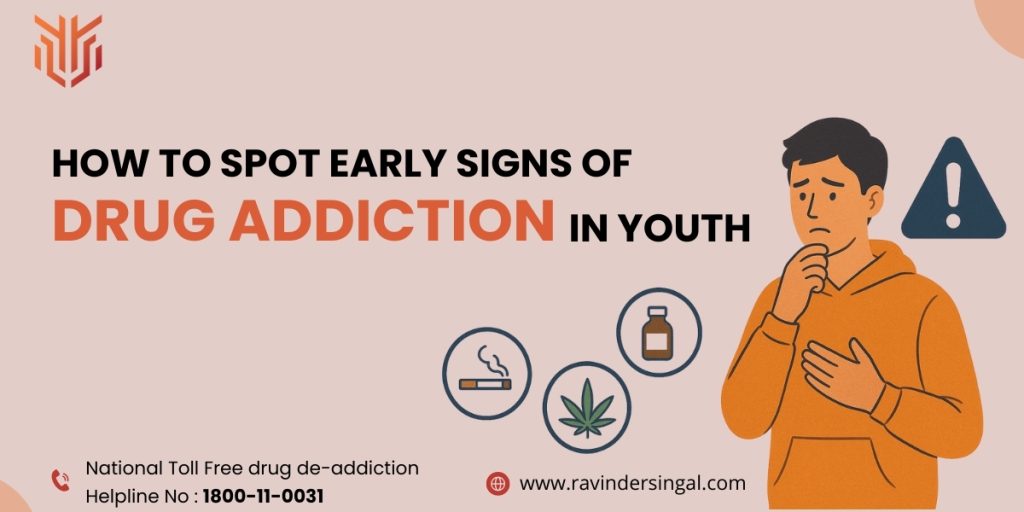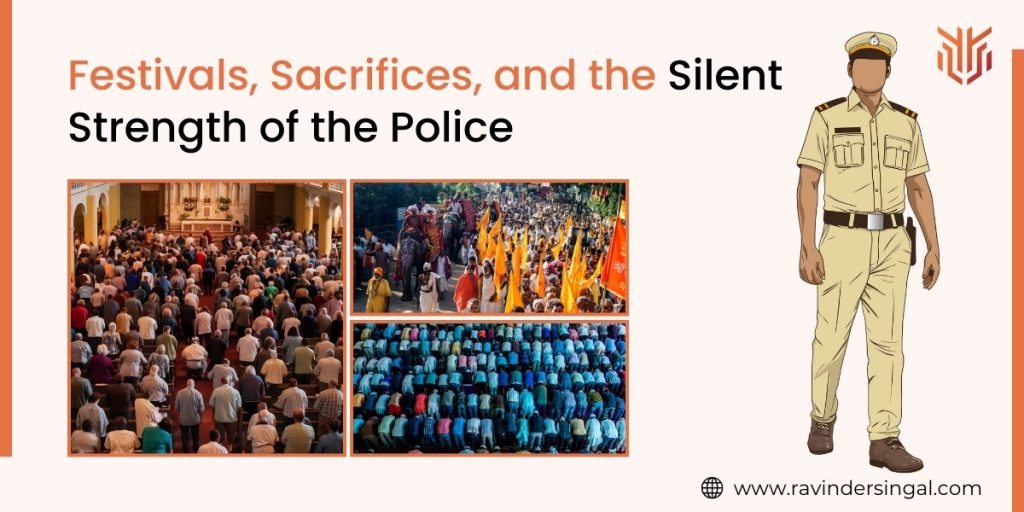Disaster Preparedness: How Citizens Can Stay Ready
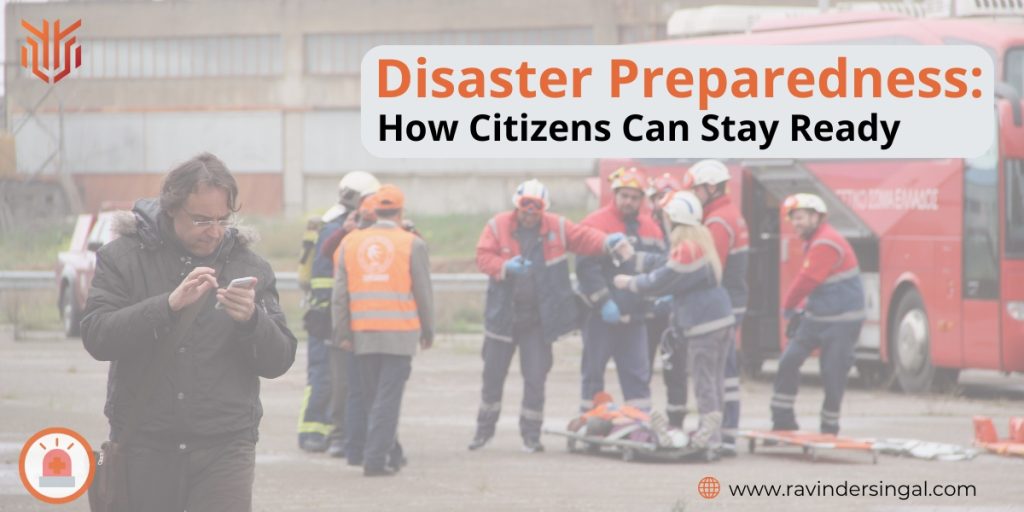
Why Disaster Preparedness Matters More Than Ever
In an age of increasingly erratic weather, climate change, and emergent hazards, it is no longer enough for governments and agencies to respond after a disaster strikes. Disaster Preparedness must become a shared responsibility – especially among ordinary citizens. In this post, I aim to explore practical strategies, frameworks, and real-life examples that illustrate how citizens can stay ready. Whether you live in an urban center or a rural area, having a mindset and plan for safety can make all the difference.
- Over the first eight months of 2025, India recorded 3,502 disaster-related deaths and experienced 235 extreme-weather days – showing that disasters are intensifying.
- Events like the 2025 Punjab floods, which affected over 1,400 villages and caused extensive damage to agriculture and infrastructure, highlight how even “typical” monsoon rains can transform into major calamities.
- In September 2025, a sudden cloudburst in Kolkata caused flash floods, waterlogging, and fatalities – a vivid example of how fast disaster scenarios can evolve.
- The tragic Himachal Pradesh landslide in October 2025 killed at least 15 people when it struck a bus on a hillside road during heavy rains.
- Even non-natural disasters, such as the Jaipur–Ajmer LPG truck collision, remind us that technological, infrastructural, or transport accidents also demand preparedness.
These incidents serve as stark reminders that disaster events are no longer distant possibilities – they can and do affect everyday citizens. With the right awareness and a readiness mindset, we can reduce loss of life, property damage, and psychological trauma.
Understanding the Basics – What Is Disaster Preparedness?
Disaster preparedness means anticipating hazards, planning ahead, creating systems and resources, training people, and ensuring quick, reliable response mechanisms when disaster strikes. It is the bridge between mitigation (reducing risk) and response (rescuing and recovery).
Key features:
- Multi-hazard orientation: prepares for floods, earthquakes, cyclones, heatwaves, landslides, industrial accidents, etc.
- Multi-level: personal, family, community, institutional.
- Dynamic and updated: plans evolve as risks evolve (climate change, urban expansion, new infrastructure).
- Inclusive: accounts for vulnerable populations (elderly, children, disabled).
The Role of Citizens in Citizen Disaster Readiness
While government and institutional disaster management frameworks (such as NDMA in India) are essential, citizen disaster readiness complements them in critical ways:
- Local knowledge & awareness: Citizens know their neighborhoods, landscapes, hazards, and weak spots (e.g., flood-prone roads, weak buildings).
- First response: In many disasters, first help comes from neighbors, not distant rescue teams.
- Preparedness culture: Community drills, mutual aid groups, and training in CPR/firefighting can multiply resilience.
- Early warning uptake: Governments issue warnings, but citizens must understand and act on them.
The synergy of institutional capacity and empowered citizens is the backbone of a resilient society.
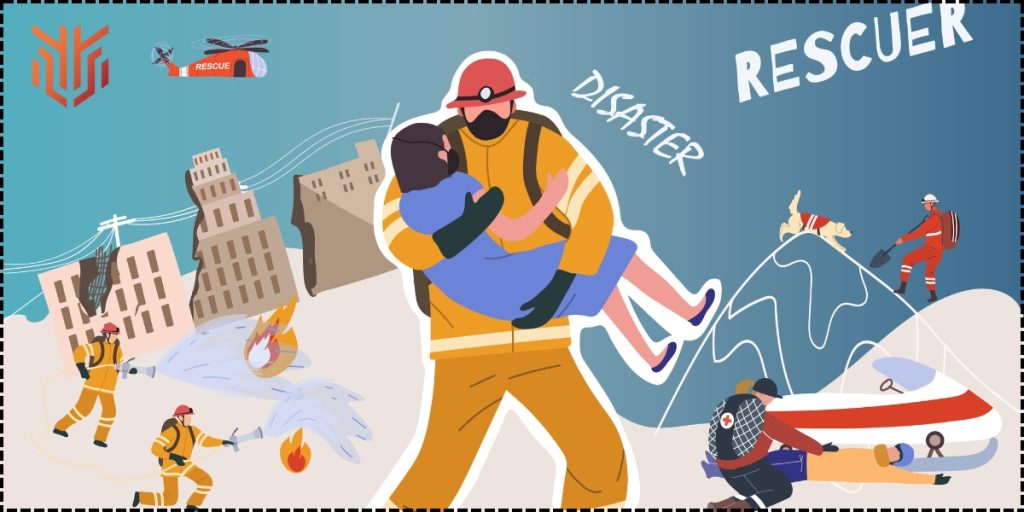
Key Emergency Preparedness Tips Every Citizen Should Know
Below is a structured set of emergency preparedness tips that you can adopt, adapt, or teach others:
1. Know Your Risks and Hazards
- Map out local hazards: flood zones, seismic belts, landslide-prone hills, industrial areas, gas pipelines, etc.
- Research past incidents in your area. (E.g., in your city, did floods recur? Did cloudbursts happen?)
- Check government and local authority hazard maps or disaster risk assessments.
- Stay updated on seasonal risks (monsoon, heatwave, winter cold, storms).
2. Build a Personal Emergency Preparedness Plan
This is your blueprint for staying alive and safe when normal life is disrupted.
- Define roles within your family (who leads, who calls, who evacuates, who rescues).
- Identify meeting points (inside and outside the home) in the event of evacuation.
- List emergency contacts (local police, fire, hospital, relatives).
- Plan for pets, children, the elderly, and those with special needs.
- Keep copies of essential documents (ID, insurance, property papers) in waterproof pouches or digital backups.
- Practice your plan periodically (e.g., quarterly drills).
3. Prepare a Family Disaster Preparedness Checklist
Here is a sample checklist you can adapt:
| Item | Purpose | Notes |
| Water (at least 3 liters per person/day for several days) | Hydration | Store in safe containers, rotate periodically |
| Non-perishable food | Sustenance | Canned goods, ready-to-eat meals, energy bars |
| Battery-operated radio + spare batteries | Stay informed | Can receive emergency alerts |
| Flashlights/headlamps | Light in blackout | Keep extra batteries |
| First-aid kit | Treat injuries | Stock essential medicines, bandages, and antiseptics |
| Whistle/signal device | Attract attention | In rescue scenarios |
| Multipurpose tool, tape, rope | Repairs & makeshift solutions | For ad hoc uses |
| Sanitation items | Hygiene | Wet wipes, toilet paper, plastic bags, disinfectant |
| Cash in small denominations | In case ATMs don’t work | Enough to last a few days |
| Mobile phone + power banks / solar charger | Communication | Keep devices charged |
| Spare clothes, blankets, hygiene kit | Comfort & warmth | Especially in cold or wet conditions |
| Important documents & digital backups | Identity & possession proof | In a waterproof pouch/cloud |
| Local maps, compass | Navigation | Useful when GPS is down |
| Masks, gloves, protective clothing | Safety | Especially in dust, smoke, or toxic environments |
Every family should personalize this checklist to local threats (earthquake tools, flood gear, heatwave cooling, etc.).
4. Prepare or Join a Community Disaster Preparedness Initiative
- Form or join local disaster response groups (in your housing society, village, ward).
- Hold community mock drills (evacuation, first aid, search & rescue).
- Train volunteers in basic skills (fire safety, CPR, trauma care).
- Coordinate shared resources (emergency shelters, water tanks, tools).
- Establish communication networks (WhatsApp groups, loudspeakers) to relay early warnings.
Communities that prepare together resist disasters better.
5. Stay Informed & Heed Warnings
- Use official channels: government alerts, meteorological department bulletins, NDMA, and state disaster authorities.
- Avoid rumors, panic, or misinformation.
- Understand alert levels (e.g., red, orange, yellow) and what actions correspond to each.
- Keep multiple communication lines open (mobile, SMS, radio).
- Subscribe to local early-warning services (flood alerts, cyclone warnings).
Your speed of reaction can hinge on timely and accurate information.
6. Structural & Mitigation Measures at Home
- Retrofits: reinforce roofs, walls, and foundations (especially in seismic or cyclone zones).
- Secure heavy furniture, shelves, and cabinets to the wall to prevent tipping.
- Elevate important appliances or vulnerable utilities above flood levels.
- Clear drainage, gutters, and nearby water channels to avoid clogging.
- Use fire-resistant building materials where possible.
- Landscaping measures: trees, earth berms, and retaining walls to manage runoff or landslides.
Mitigation reduces damage and enhances survivability.
7. Psychological & Social Preparedness
- Mental resilience matters: disasters are traumatic. Training, counseling, and community support help.
- Educate children & youth: drills, awareness campaigns, games.
- Maintain social bonds: neighbors, elders, volunteers. In a crisis, social capital saves lives.
- Plan for post-disaster needs: shelter, sanitation, disease control, trauma counseling.
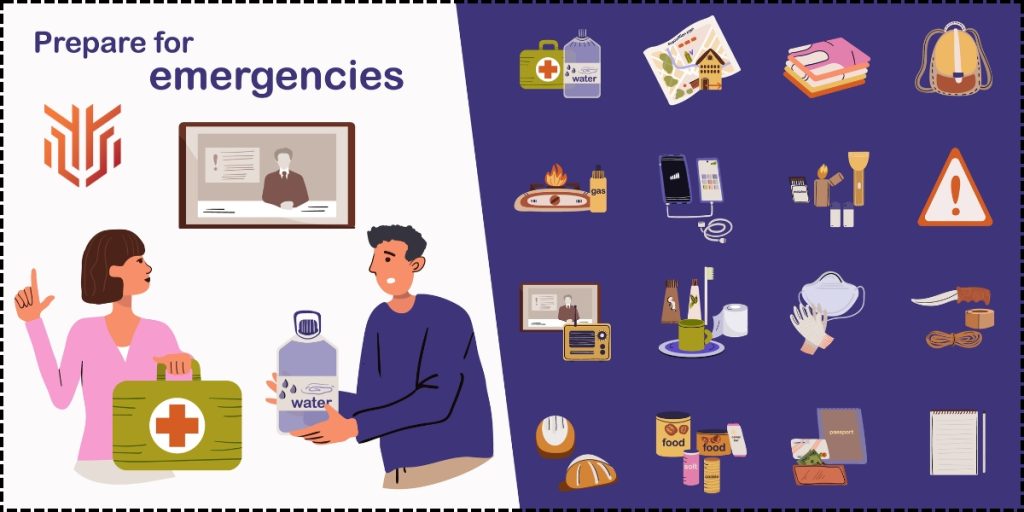
How to Prepare for Disasters – Step-by-Step
Here is a structured, phased approach:
Phase 1 – Awareness & Risk Assessment
- Learn about hazards in your region (flood, quake, cyclone, cold, heat).
- Ask local authorities or disaster management agencies for local risk assessments.
- Map safe zones and risk zones in your area (flood plains, hillsides).
- Understand vulnerabilities in your own household (aging members, mobility issues).
Phase 2 – Planning
- Create or update your personal emergency preparedness plan.
- Prepare your family disaster preparedness checklist.
- Assign roles and responsibilities, choose meeting points.
- Decide on safe evacuation routes and transport.
Phase 3 – Resource Mobilization
- Assemble your emergency survival kits.
- Store water, food, backup energy, and medical supplies.
- Retrofit your home or secure fixtures.
- Establish community connections and shared resources.
Phase 4 – Training & Drills
- Practice drills at home (evacuate, shelter-in-place).
- Attend community training (first aid, CPR, fire safety).
- Participate in mock disaster simulations. Example: India’s Operation Abhyaas in May 2025, a nationwide civil defense mock drill across 244 districts, included evacuation, blackout simulations, and air-raid siren tests.
Phase 5 – Monitoring & Updating
- Periodically review and update your plan and kit.
- Stay tuned to evolving threats (climate change, land erosion, new hazards).
- After drills or incidents, debrief: what worked? What didn’t? What needs improvement?
Steps to Stay Ready for Emergencies in Real Time
When a disaster is imminent or unfolding, these steps help:
- Activate your family emergency plan (roles, meeting points).
- Tune in to official warnings and media updates.
- If evacuation is ordered, leave early, don’t wait.
- Use safe routes – avoid known hazard paths (flooded roads, unstable slopes).
- Carry your emergency survival kit, essential documents, and phone.
- Stay calm and communicate with your family.
- Follow official instructions (police, disaster authority, rescue teams).
- Assist neighbors if it’s safe.
- If sheltering in place, isolate hazards (close gas, electricity), use a safe room if available.
- After the event, check for injuries, damage, leaks, fires; call for help if needed.
These disaster response and safety tips are designed to minimize confusion and loss.
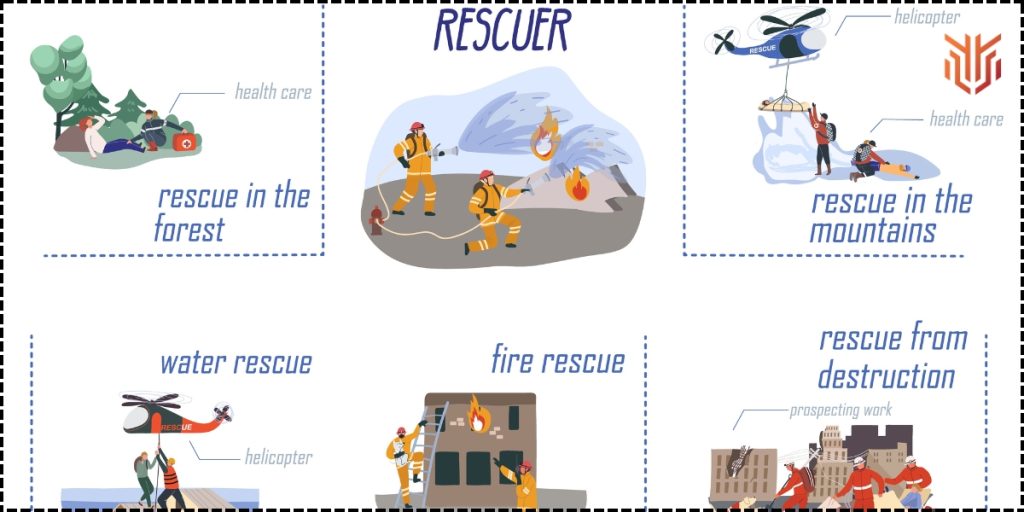
How to Stay Safe During Disasters – Focused Advice
Floods & Flash Floods
- Move to higher ground, avoid low-lying areas.
- Avoid walking or driving through floodwater – just 15 cm of moving water can knock you off your feet.
- Shut off electricity, gas lines water before they reach outlets.
- Stay away from downed power lines.
- Use life vests or flotation devices if available.
Earthquakes & Tremors
- Drop, Cover, and Hold On: under sturdy furniture or against internal walls.
- Stay inside until shaking stops, then evacuate if the building is unsafe.
- Avoid windows, mirrors, and heavy furniture.
- Aftershocks may follow – stay alert.
- After a quake, check for gas leaks, structural damage, and avoid congested roads.
Cyclones, Storms & Wind Events
- Shelter in interior rooms, away from windows.
- Use shutters or board up windows.
- Anchor loose outdoor objects (potted plants, vehicles).
- Stay indoors until authorities declare it safe.
- Keep power off until damage is assessed.
Heatwaves, Drought, Fires
- Stay hydrated, rest during the hottest hours.
- Wear lightweight, light-colored clothing.
- Avoid outdoor exertion during peak heat.
- Use fans, shade, or cool rooms.
- In case of wildfires, evacuate early when told.
- Avoid open flames, and ensure fire extinguishers are accessible.
Industrial / Chemical / Technological Accidents
- Evacuate if instructed, taking the wind direction into account.
- Seal windows, doors, and ventilation if staying inside during a hazardous gas release.
- Use masks / protective gear.
- Stay tuned to official advisories.
- If exposed, irrigate affected areas (eyes, skin) with clean water.
Disaster Awareness for the Public – Promoting a Culture of Readiness
Raising awareness is as important as training. Some strategies:
- Hold public workshops, seminars, and awareness drives in schools, colleges, and villages.
- Use media – print, radio, social media – to share emergency preparedness tips.
- Distribute flyers, posters about “what to do during a quake, flood, storms.”
- Integrate disaster education in school curricula.
- Engage youth as “disaster ambassadors” who educate their peers.
- Public drills and simulations – e.g., municipal-level Earthquake Day, Flood Safety Day.
- Encourage volunteer networks and local first-response teams.
When more citizens understand the importance of disaster preparedness, response becomes faster, better coordinated, and less chaotic
Government Disaster Preparedness Programs & Institutional Support
While citizens’ efforts are crucial, government systems provide infrastructure, early warning, coordination, and large-scale response. Some key elements:
- NDMA (National Disaster Management Authority) in India leads national policy, guidelines, and coordination.
- State Disaster Management Authorities (SDMAs) and District Disaster Management Authorities (DDMAs) oversee local plans and execution.
- Early warning systems, flood forecasting, cyclone warning systems, and satellite monitoring.
- Fund schemes: National Disaster Response Fund (NDRF), State Disaster Response Fund (SDRF) support rescue, rehabilitation.
- Programs for community resilience, structural retrofitting, and capacity building.
- Digital platforms: e.g., the Cachar (Silchar) district’s Digi CFRC integrates community resources, welfare, and disaster response.
Such institutional frameworks provide the scaffolding on which citizen-level preparedness can succeed.
Building a Home Emergency Plan – Sample Structure
Your home emergency plan should be simple, clear, accessible, and practiced. Here is an outline:
1. Details & Contacts
- List of household members with contact numbers
- Emergency contact list: local fire, police, hospital, municipal office
- Nearest shelter locations, hospitals, and evacuation routes
2. Roles & Responsibilities
- Who leads during evacuation?
- Who collects documents, pets, and supplies
- Who helps children, the elderly, and the disabled
3. Evacuation Procedures
- Primary & alternate routes
- Means of transport (walking, car, public transport)
- Safe destinations (shelters, relatives’ homes)
4. Shelter-in-Place Procedures
- If evacuation is impossible, where in the home is safest? (e.g., interior room, reinforced area)
- How to seal off hazards (gas, water, electricity)
- Where to shelter during specific threats (storms, chemical release)
5. Communication
- How to check in with family
- Methods to get official updates (radio, SMS, apps)
- Backup communication plan if phones fail
6. Review, Drill & Update
- Mark calendar reminders to review the plan every 6 months
- Conduct at least one full simulation per year
- After a real incident or drill, evaluate lessons learned and revise
A well-drafted home emergency plan gives clarity during chaos.
Natural Disaster Safety Measures & Community-Level Tactics
- Zoning & land-use planning: avoid construction in floodplains, unstable hillsides, or buffer zones.
- Retaining walls, slope stabilization, and drainage systems to reduce landslide risk.
- Mangroves, wetlands, and green belts are natural buffers in coastal or flood-prone zones.
- Firebreaks in forested or dry areas.
- Public shelters, raised platforms, and multipurpose community centers that double as disaster shelters.
- Early-warning sirens, public address systems, SMS alert networks in villages, towns.
- Infrastructure resilience: strong roads, bridges, drainage, and power lines designed for hazards.
- Emergency water supply, sanitation systems that work under stress.
When communities adopt disaster management for citizens at scale, impacts are reduced.
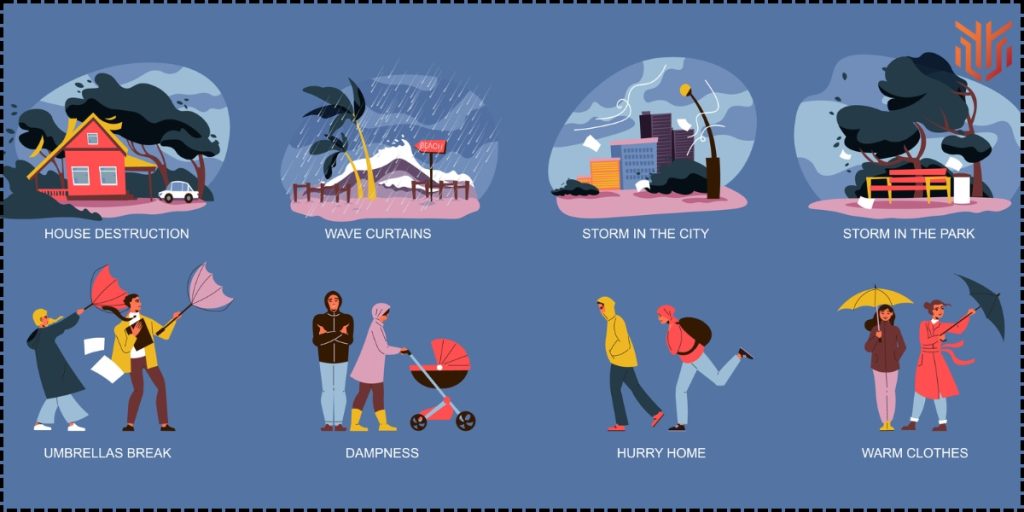
Recent Incidents from India: What We Can Learn
- In July 2025, a roof collapse at a government school in Piplodi, Rajasthan, killed 7 children and injured 27. The tragic event was tied to structural failures, heavy monsoon rains, and a lack of maintenance.
- The 2025 Punjab floods submerged large rural areas, destroyed crops, displaced millions, and damaged infrastructure. Many communities lacked evacuation plans and survival kits.
- Darjeeling’s landslide events in 2025 destroyed homes, roads, and claimed lives. Rescuers were still searching for missing persons as of early October.
- The nationwide Operation Abhyaas civil defense mock drill held in May 2025, across 244 districts, tested citizen readiness, blackout simulation, evacuation, sheltering, and official coordination.
- In Kolkata, September 2025, a flash flood cloudburst caused fatalities and severe disruption during Durga Puja season – an example of how cultural events and disasters can intersect dangerously.
These incidents underscore that disaster preparedness is not theoretical – it is urgent, immediate, and local.
The Importance of Disaster Preparedness
- Saves lives, reduces injuries, and minimizes trauma.
- Protects property, infrastructure, and economic livelihoods.
- Shortens recovery time and costs.
- Builds community resilience and trust.
- Provides psychological reassurance and reduces panic.
- Helps governments allocate resources better when citizens are proactive.
It is a moral, social, and pragmatic imperative.
Frequently Asked Questions (FAQs)
1. What is the difference between preparedness, mitigation, and response?
- Mitigation reduces or prevents risk (e.g., building a dam, vegetation, zoning).
- Preparedness is the planning and readiness before a disaster (drills, kits, plans).
- Response is what we do during and immediately after a disaster (rescue, relief, first aid).
2. How often should I update my emergency plan and kit?
A: At least twice a year (e.g., before monsoon and before winter) or whenever your family circumstances change (new baby, moved house, new pets).
3. Can one family really make a difference?
A: Yes – individual readiness, when multiplied across households in a community, significantly reduces chaos, eases rescue, and saves lives. One ready person can help dozens in their immediate area.
4. What if I live in a region with multiple hazards (flood + earthquake + heat)?
A: Make a multi-hazard plan: identify all plausible risks, prioritize based on frequency/impact, and build redundancies (e.g., your kit works in flood and heat). Train for all scenarios.
5. How can I participate in community disaster preparedness?
A: Volunteer for local disaster committees, organize awareness drives, help neighbors with kits, initiate mock drills in your housing society or village, and partner with NGOs and local authorities.
6. Where can I find government guidelines or templates?
A: In India, the NDMA website provides guidelines, templates, training materials, and community outreach tools. NDMA Also, check your state and district disaster management authority portals.
Also Read: How to Spot Early Signs of Drug Addiction in Youth – Dr. Ravinder Singal
Conclusion
Disasters do not announce themselves – they often strike with little warning, leaving chaos and pain in their wake. But they need not leave us powerless. Through Disaster Preparedness, each of us gains agency. We can pray never to face calamity, but we must plan as if we will.
When citizens take responsibility, when families have plans, when communities train, when governments empower – that is when societies become truly resilient.
I urge you: start today. Draft your personal emergency preparedness plan. Assemble a family disaster preparedness checklist. Join your neighbors, your community, your school, or your workplace in drills and awareness. Even one small conversation about how to prepare for disasters can ripple out and save lives.
For more of my writings, insights, and resources, you’re welcome to visit my website: ravindersingal.com. Let us stand ready, together.
Stay safe, stay prepared – Dr. Ravinder Singal
Follow me on Social Media! Stay Connected & Stay Ahead!
📘 Facebook || 📸 Instagram || 💙 Twitter || 💼 LinkedIn || 📍 Pinterest || ▶️ YouTube
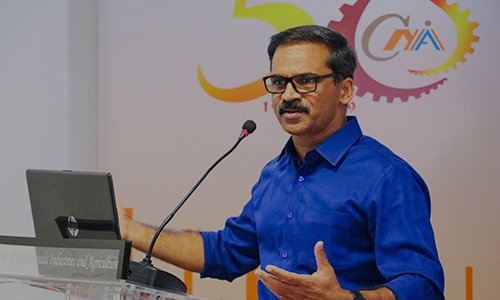
Quitters Don’t Win and Winners Don’t Quit.
Ironman | Deccan Cliffhanger | Comrade Legend Finisher | Motivational Speaker | Writer | Endurance Athlete




